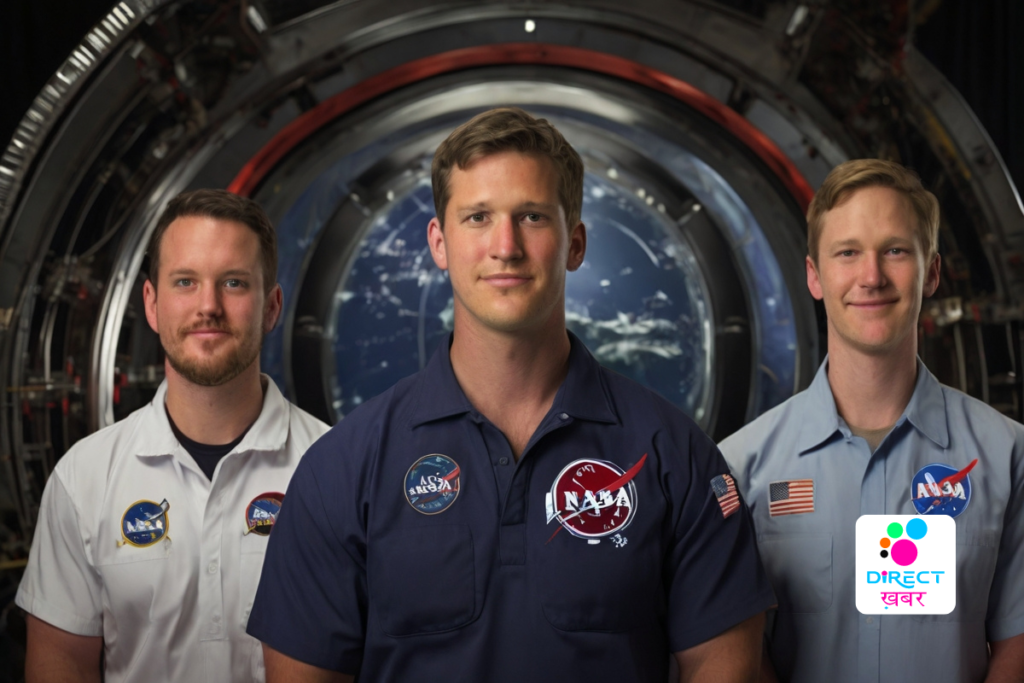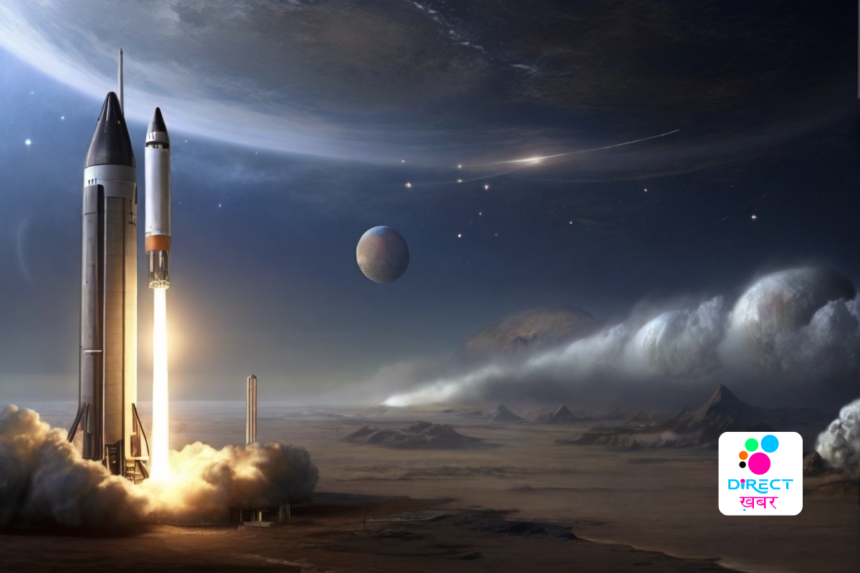NASA’s Power to Explore Challenge Finalists Announced
NASA has unveiled the nine finalists of its Power to Explore Challenge, a competition designed for K-12 students that delves into the utilization of radioisotopes in space exploration. The challenge prompted participants to envision their own space missions powered by radioisotope power systems (RPS) and articulate how they would accomplish their mission objectives. This initiative attracted a substantial response, with nearly 1,800 entries submitted from all corners of the United States.

In this competition, students were tasked with crafting essays of 250 words or less, outlining their hypothetical missions empowered by these innovative space power systems. By doing so, they not only explored the capabilities of NASA’s Radioisotope Power Systems (RPS), often dubbed as “nuclear batteries,” but also contemplated the potential applications of such technology in powering missions to destinations where solar energy isn’t viable, such as the Moon’s deep craters or deep space explorations.

The announcement of the finalists marks a significant milestone in this educational endeavor, showcasing the creativity and ingenuity of young minds in tackling real-world challenges in space exploration. Divided into three grade categories – K-4, 5-8, and 9-12 – the finalists represent a diverse array of ideas and perspectives that reflect the enthusiasm and curiosity of the next generation of space explorers.
Each finalist will receive a prize pack and the opportunity to engage in an exclusive virtual meeting with a NASA engineer or scientist. This interaction will provide them with a platform to discuss their mission concepts in depth and seek insights from professionals in the field.

Administered by Future Engineers under a NASA contract, the Power to Explore Challenge is funded by the Radioisotope Power Systems Program Office in NASA’s Science Mission Directorate. Through initiatives like these, NASA continues to engage and inspire students, encouraging them to dream big and envision a future where space exploration knows no bounds.






